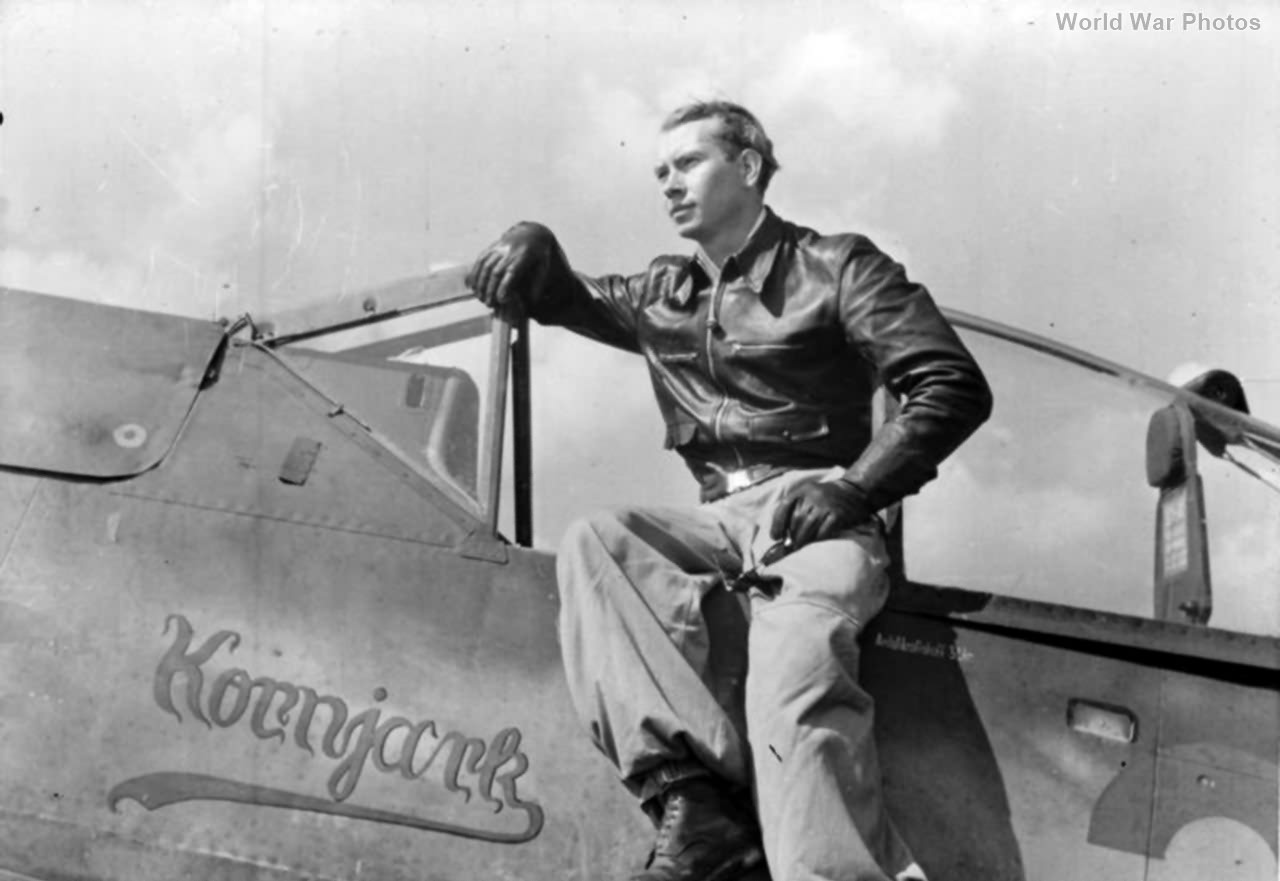Tactics against Heavy Bombers
The several tactics employed by Fw 190 fighter units against heavy bombers, primarily the American B-17s and B-24s that were conducting daylight raids against targets in Germany and occupied Europe.
Head-on Attacks: One tactic that proved successful, at least initially, was the head-on attack. This tactic, which was first used in November 1942, exploited the B-17’s relatively weak forward armament and the fact that a frontal pass offered a better chance of hitting the bomber’s vulnerable cockpit area. This tactic was further developed in 1943, with German pilots attacking in formations of three aircraft, firing a brief burst, and then breaking away in a climb or a half-roll beneath the bomber. By 1944, the USAAF was well aware of this tactic and produced diagrams to train their bomber crews on how to defend against it. The most notable head-on attack occurred on April 17, 1943, when I. and II./JG 1 intercepted a force of 107 B-17s attacking the Focke-Wulf plant at Bremen. Using well-coordinated head-on attacks, JG 1 claimed 15 B-17s destroyed, including an entire squadron.
High-Speed Passes: Another tactic that German pilots employed against heavy bombers was the high-speed pass. This involved approaching the bomber formation from behind and below, and then pulling up sharply, firing a burst into the bombers’ bellies, and breaking away. This tactic was designed to minimize the amount of time the fighter was exposed to the bomber’s defensive fire.
Use of Stand-Off Weapons: To increase their effectiveness against bombers, Fw 190s were frequently equipped with stand-off weapons, such as the Werfer-Granate 21 (WGr 21) 21 cm air-to-air mortar. These mortars were unguided rockets that were fired in salvos against bomber formations, and while effective in breaking up the formations, they could only be used at close range.
Sturmbock: In 1944, a specialized unit called Sturmstaffel 1 was formed, equipped with heavily armored and up-gunned Fw 190A-8s, known as Sturmbock (battering ram). These aircraft were specifically designed to attack bombers at close range and employed tactics that involved flying in close formation and holding their fire until the last possible moment before unleashing a devastating attack. The Sturmbock tactic was effective but costly, resulting in high losses for the attacking fighters.
Combined Tactics: German pilots often used a combination of these tactics in their attacks against heavy bombers. For example, they might use a head-on attack to break up the bomber formation and then follow up with high-speed passes or attacks with stand-off weapons.
Challenges and Limitations
Challenges and limitations faced by Fw 190 pilots in their fight against heavy bombers.
Defensive Firepower: One of the biggest challenges was the heavy defensive firepower of the American bombers. The B-17, in particular, was known for its overlapping fields of fire, which made it difficult to approach without being hit.
Ammunition Limitations: Another challenge was the limited ammunition capacity of the Fw 190’s 20 mm cannons. German pilots often had to expend a large amount of ammunition to score a hit on a bomber, and they were frequently forced to break off their attacks before they could inflict significant damage.
Escort Fighters: The increasing presence of long-range American escort fighters, such as the P-51 Mustang, further complicated matters for the Fw 190 pilots. These escorts were often able to engage the German fighters before they could reach the bombers, and they could also pursue the attackers as they attempted to break away.
Despite these challenges, Fw 190 units managed to inflict significant losses on the Allied bomber formations. However, the cost in terms of pilot and aircraft losses was high, and the effectiveness of the Fw 190 as a bomber interceptor was gradually eroded as the war progressed.
